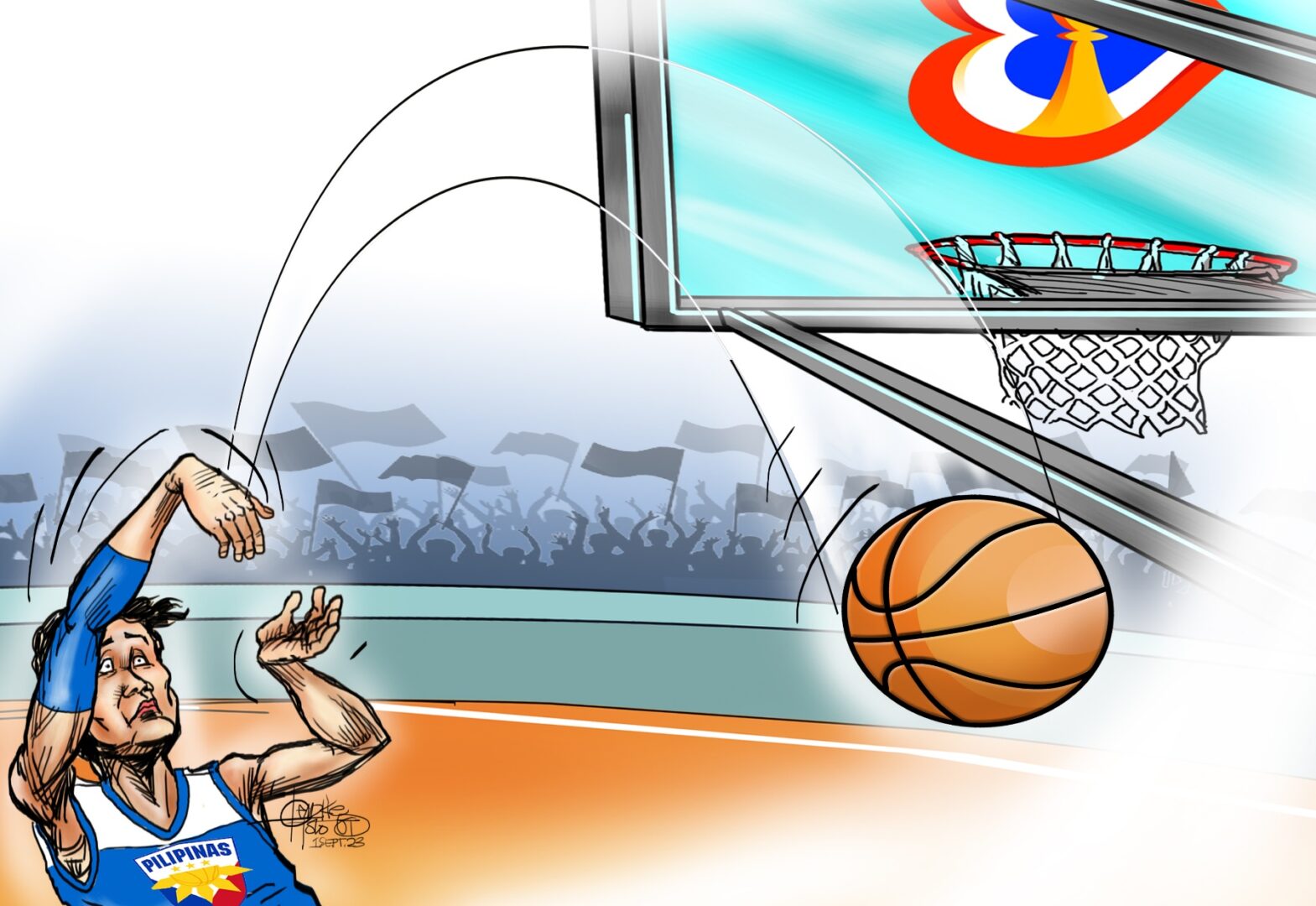A disturbing trend at the close of the qualifying round of the ongoing FIBA World Cup in the host cities of Manila, Okinawa, and Jakarta saw Asian teams left to the mercy of traditional world powerhouses in basketball, having been relegated to the classification round of the 32-nation quadrennial event.
The FIBA World Cup, a premier international basketball tournament, showcases the prowess of nations in the sport. In recent editions, however, a consistent trend has emerged where Asian teams, including the Philippines, found themselves relegated to the so-called consolation round, with none advancing to the second phase of the Round of 16.
This phenomenon has ignited discussions about whether Asia, the world’s most populated region, is lagging behind its global counterparts in basketball. The best that the Philippines, Japan, Iran, Jordan, China and Lebanon could aspire to now is to top this round and earn a ticket to the 2024 Paris Olympics as the best-placed team from the region.
While basketball has grown exponentially in Asia over the years, this historical disadvantage is not easily overcome. Skills development takes time, and it requires sustained efforts in coaching, talent identification, and grassroots programs.
Nations with strong basketball traditions often boast of well-established leagues, state-of-the-art training facilities, and investment in coaching expertise. These conditions foster the growth of talent from a young age and create a competitive environment that nurtures skills development.
Conversely, many Asian countries, while passionate about basketball, face challenges in terms of inadequate facilities, limited financial support, and lack of structured development pathways. This results in a smaller talent pool and limited opportunities for players to hone their skills against high-quality opposition. Without the necessary infrastructure and resources, it becomes challenging for Asian teams to compete at the same level as their global counterparts.
The level of competition a team regularly faces has a profound impact on its development. Strong competition exposes players to different playing styles, strategies, and skill sets, ultimately contributing to their growth. Many Asian countries struggle to consistently engage in high-intensity international matches due to the regional distribution of basketball prowess.
In contrast, European and American teams often benefit from participating in competitive leagues and tournaments, where they face off against other basketball powerhouses. This exposure enhances their ability to adapt to different game scenarios and raises the overall skill level of their players.
For Asian teams, limited exposure to high-level competition hinders their ability to refine their gameplay and compete effectively on the global stage.
Gilas Pilipinas, for one, was hounded by player availability issues, not to mention injuries in its build-up to the World Cup. A young team composed of the best talents outside of the Philippine Basketball Association was once formed and earned accolades even from the harshest of critics as the young guns turned the tables twice on a South Korean squad in the qualifiers.
The youthful squad would have by now made an impact in the World Cup, but sadly, poaching by other Asian leagues of its members has decimated Gilas Pilipinas, leaving the coaching staff no choice but to turn to Philippine Basketball Association players to shore up its bid.
While it is evident that Asian teams, including the Philippines, have struggled to advance beyond the qualification round in the FIBA World Cup, attributing this solely to a deficiency in skill, however, would be unfair and simplistic.
Historical context, infrastructure, competition levels, and cultural factors all contribute to the performance disparity. Add to this size, which Asians do not have in a sport that requires a lot of it.
Rather than viewing Asia as lagging behind its global counterparts, it is more constructive probably to recognize the progress that has been made and the challenges that persist. Asian countries are working tirelessly to bridge the gap, investing in grassroots programs, coaching education, and infrastructure development.
As these efforts bear fruit over time, we may witness a more competitive landscape in international basketball, where Asian teams can compete on a more level playing court.
